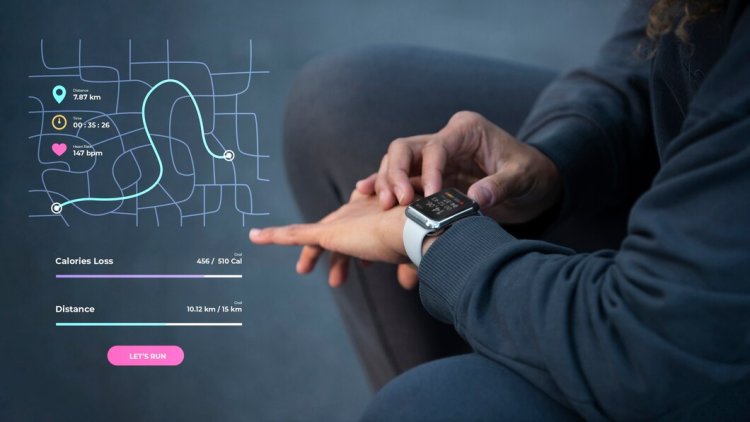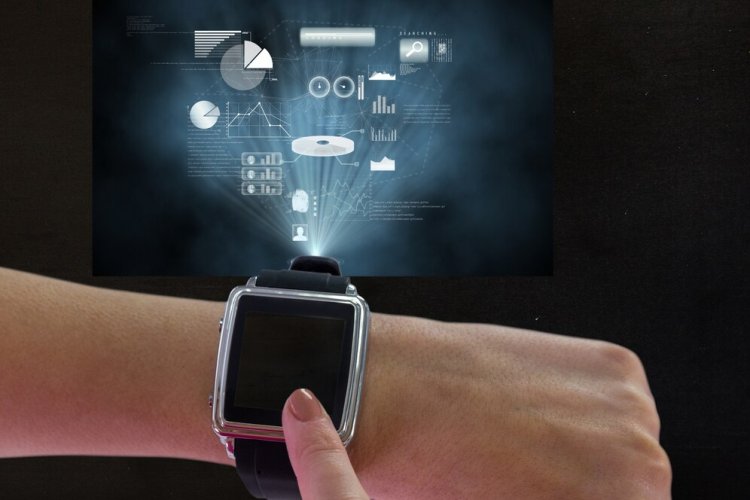Designing for Wearable Technology Interfaces
Learn the best practices for designing wearable technology interfaces. Discover how IT Service Dubai supports innovation in wearable tech design.
Share this Post to earn Money ( Upto ₹100 per 1000 Views )


As technology continues to evolve, the world is witnessing a rapid increase in the adoption of wearable devices such as smartwatches, fitness trackers, and smart glasses. These devices are becoming integral to our daily lives, offering convenience, connectivity, and health insights right at our fingertips—or rather, on our wrists.
Designing interfaces for these wearable technologies presents unique challenges and opportunities. In this article, we’ll explore the key considerations and best practices for creating effective and user-friendly wearable technology interfaces.
Understanding Wearable Technology
Before diving into design principles, it’s important to understand what wearable technology entails. Wearables are electronic devices that can be worn on the body, often integrating sensors to track and monitor data like heart rate, steps, sleep patterns, and more.
Unlike smartphones or tablets, wearables have limited screen real estate and are typically used for quick interactions. Therefore, the user interface (UI) and user experience (UX) design for wearables must be highly intuitive, simple, and efficient.
Challenges in Designing for Wearables
Designing for wearable technology presents several unique challenges that differ from traditional screen-based interfaces:
-
Limited Screen Space: Wearable devices, such as smartwatches, have small screens. Designers must prioritize essential information and streamline interactions to ensure clarity and usability on such constrained surfaces.
-
User Context: Wearables are used in various contexts, often on the go. Whether someone is running, commuting, or at work, the interface must be easy to use in different environments. This means designing for glances, minimizing the number of steps to complete a task, and ensuring legibility in varying light conditions.
-
Input Methods: Wearable devices often rely on alternative input methods like voice commands, touch, gestures, or even biometric data. Designers must consider these input methods and design interfaces that are responsive and accessible.
-
Battery Life: Wearable devices have limited battery life due to their small size. Therefore, the design must be energy-efficient, reducing the need for constant user interaction and leveraging ambient modes or low-power states.
Best Practices for Designing Wearable Interfaces
To create effective and user-friendly interfaces for wearable technology, designers should follow these best practices:
Prioritize Simplicity
Given the small screen size, the design should focus on simplicity. Use minimalistic design elements, avoid clutter, and prioritize the most important information. The goal is to make the interface easy to navigate with a few simple gestures or taps.
Context-Aware Design
Wearables are often used in dynamic environments, so the interface should adapt to the user’s context. For example, a fitness tracker might display different information during a workout versus when the user is at rest. Utilizing context-aware design can enhance the user experience by providing relevant information at the right time.
Responsive Design
Since wearable devices come in various shapes and sizes, the interface should be responsive and adaptable. Designers should create flexible layouts that adjust to different screen dimensions and orientations, ensuring a consistent user experience across devices.
Focus on Notifications
Notifications are a key feature of wearables, providing users with quick updates and alerts. Design notifications to be concise and actionable, allowing users to respond quickly or dismiss them with ease. Additionally, consider the frequency and timing of notifications to avoid overwhelming the user.
Focus on Voice and Gesture Control
As mentioned earlier, wearables often rely on alternative input methods. Incorporating voice and gesture controls can enhance usability, particularly in situations where touch interaction is impractical. Ensure that voice commands are intuitive and that gesture controls are simple and natural.
Optimize for Glanceability
Wearable interfaces should be designed for glances. Information should be displayed in a way that allows users to absorb it within seconds. This means using large, readable fonts, and clear icons, and avoiding excessive text.
Energy Efficiency
Since battery life is a major concern for wearables, design elements should be optimized for energy efficiency. This includes using dark themes, reducing animations, and minimizing the need for constant screen refreshes. Additionally, consider utilizing low-power modes that display essential information without fully waking the device.
Case Study: Apple Watch
Apple Watch is a prime example of successful wearable interface design. Apple has prioritized simplicity and glanceability, with its “Complications” feature allowing users to customize their watch face with the most relevant information. The watch also utilizes haptic feedback, voice commands through Siri, and context-aware notifications to boost the user experience.
The success of the Apple Watch demonstrates the importance of designing interfaces that are both functional and user-friendly.
The Role of IT Services in Wearable Design
The development and design of wearable technology interfaces require the expertise of IT professionals. From ensuring seamless connectivity to developing secure and efficient software, IT services play a critical role in the success of wearable technology.
Companies specializing in IT service Dubai are at the forefront of this innovation, providing the necessary infrastructure and support to bring these devices to market.
Conclusion
Designing interfaces for wearable technology is a complex but rewarding challenge. By prioritizing simplicity, context awareness, and energy efficiency, designers can create user-friendly interfaces that enhance the overall user experience.
As wearable technology continues to evolve, so too will the design principles and best practices. Staying ahead of these trends is essential for creating successful wearable interfaces.
For businesses looking to develop wearable technology solutions, partnering with a reputable IT service provider like RedSpider Web & Art Design can provide the expertise needed to succeed in this rapidly growing market.















